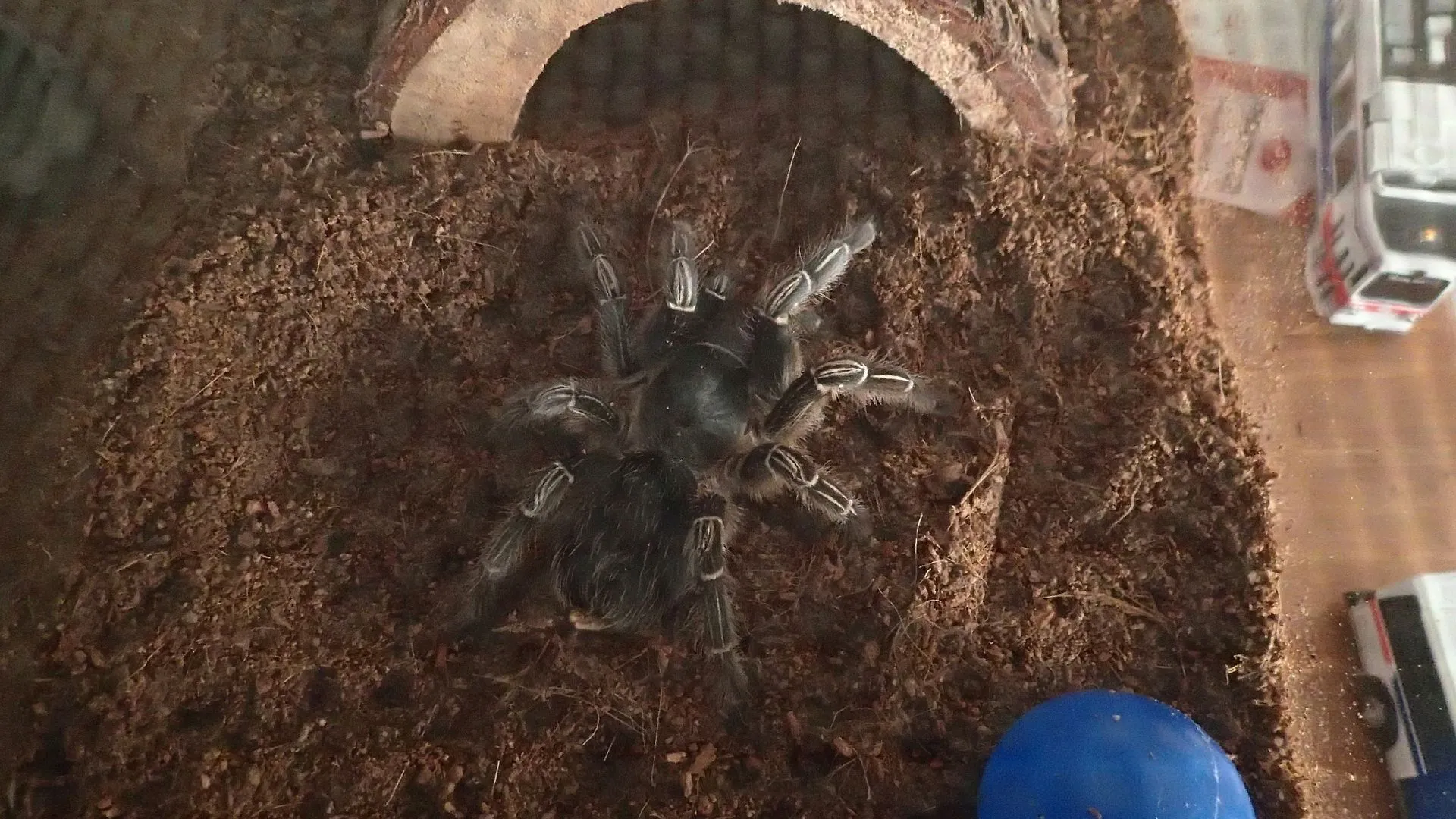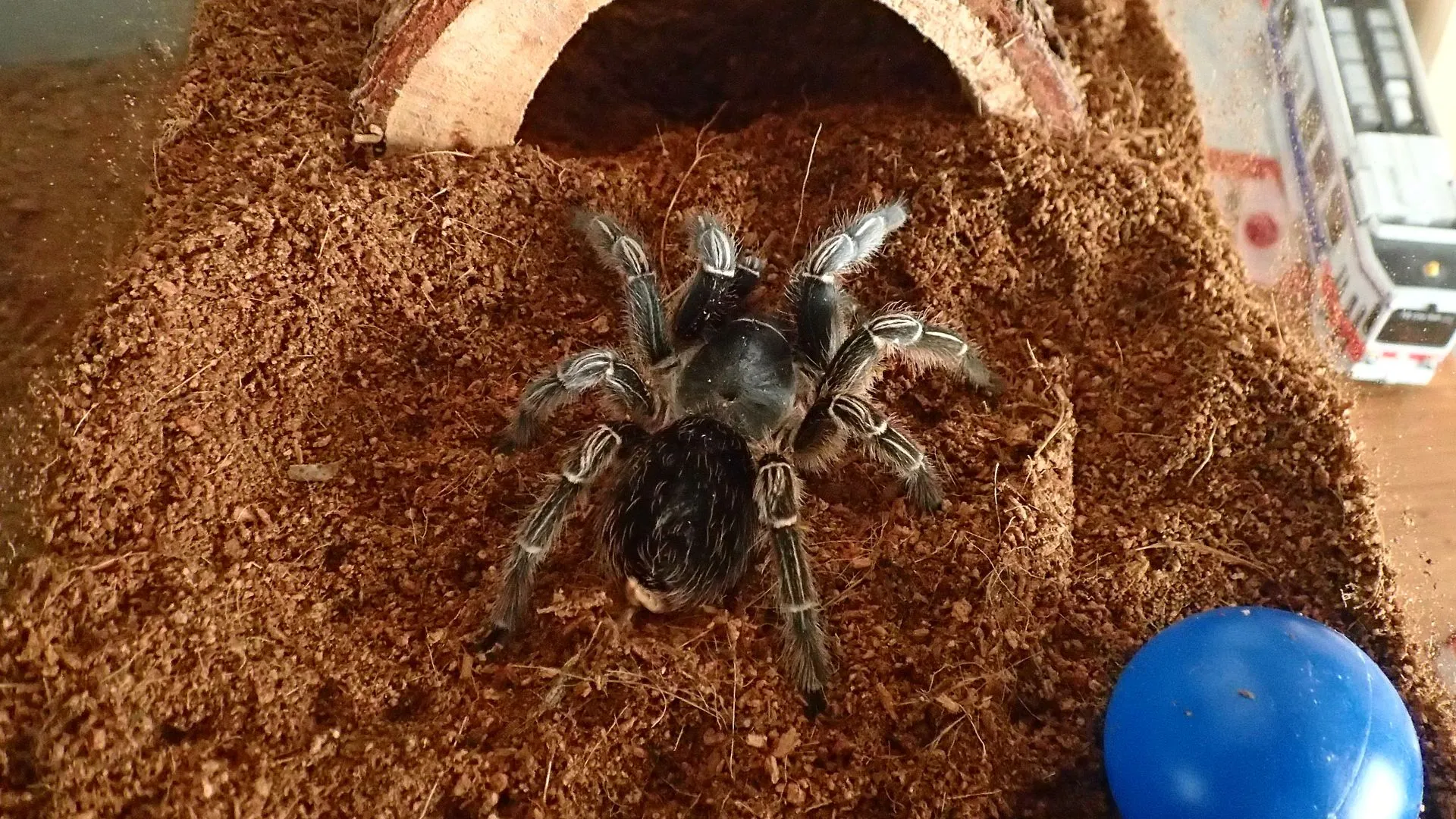What is the Average Height of a Tarantula
When discussing the average height of a tarantula, it’s crucial to understand that this measurement isn’t as straightforward as it might seem. Tarantulas, unlike many other creatures, are measured primarily by their leg span, which is the distance from the tip of one leg to the tip of the opposite leg when the spider is fully stretched out. However, the ‘height’ can refer to the body length or the vertical height when the tarantula is standing. Generally, the average height, focusing on the body length, varies from 1 to 4 inches, but this can significantly vary depending on the species, age, and overall health of the tarantula. This measurement gives a general understanding of their size, but the leg span provides a more comprehensive measure of their overall size and presence. Considering these elements is vital when considering the average height of a tarantula.
Factors Affecting Tarantula Height
Several factors can influence a tarantula’s height and overall size. The most significant factor is genetics, as different species have different natural sizes. For example, the Goliath Birdeater (Theraphosa blondi) is known to have a massive leg span and a correspondingly larger body, while smaller species like the Trinidad Olive (Holothele incei) are much smaller. Diet plays a crucial role; a tarantula that receives a balanced diet with adequate nutrients will grow larger and healthier than one with a poor diet. The frequency and type of food also matter. Environmental conditions, such as temperature and humidity, can affect growth rates, with optimal conditions promoting faster development. Lastly, the tarantula’s age also plays an important role; tarantulas grow throughout their lives, and their height increases with each molt. Factors like these highlight the complex nature of understanding tarantula size.
Species Variations in Height

Tarantula species exhibit remarkable variation in height and overall size. As mentioned, the Goliath Birdeater can have a leg span of up to 12 inches, making it one of the largest tarantulas in the world. In contrast, smaller species like the Antilles pinktoe tarantula (Caribena versicolor) typically have a leg span of 4 to 6 inches. The Asian species, such as the Singapore Blue (Chilobrachys dyscolus), showcase a more moderate size. These variations are directly tied to their evolutionary adaptations, habitats, and ecological niches. Species that evolved in areas with abundant resources often tend to be larger, while those in resource-scarce environments may be smaller. Understanding these species-specific variations is crucial for both enthusiasts and researchers, providing insights into the diverse world of tarantulas.
Common Tarantula Species and Their Heights
Here are some popular tarantula species and their approximate sizes. The Chilean rose hair tarantula (Grammostola rosea) typically has a leg span of 5 to 6 inches and is known for its docile temperament. The Mexican red knee tarantula (Brachypelma hamorii) usually has a leg span of up to 6 inches, characterized by its striking coloration. The Pinktoe tarantulas (Avicularia species) range from 4 to 6 inches, known for their arboreal lifestyle. The Brazilian black tarantula (Grammostola pulchra) has a leg span between 5 to 7 inches, prized for its all-black appearance. Finally, the Cobalt blue tarantula (Cyriopagopus lividus) can reach a leg span of 5 to 6 inches, known for its iridescent blue legs. These are approximate sizes, and individual tarantulas may vary depending on factors mentioned earlier.
How to Measure a Tarantula
Measuring a tarantula accurately requires careful consideration. The most common measurement is the leg span, which is the distance from the tip of one leg to the tip of the opposite leg on the same side when the tarantula is fully extended. To measure this, gently encourage the tarantula to stand on a flat surface, and use a ruler or measuring tape to measure the span. Alternatively, one can measure the body length, which is the distance from the front of the carapace to the end of the abdomen. This measurement is helpful in assessing overall body size, but it does not include the leg span. Ensure your tarantula is safe and calm during measurement, as stress can affect their behavior and posture. It’s essential to avoid any rough handling to prevent injury. Careful and respectful measurement practices ensure both accurate results and the well-being of the tarantula.
Importance of Tarantula Height in Captivity

Understanding tarantula height and size is critical for providing proper care in captivity. Enclosure size is determined by the tarantula’s leg span; a larger tarantula requires a larger terrarium to move freely. Adequate space minimizes stress and allows the tarantula to behave naturally. The type of substrate used also depends on the size of the tarantula, with deeper substrates needed for burrowing species. Height affects enclosure design and the availability of climbing structures. Furthermore, knowing the adult size helps anticipate future needs for the tarantula’s housing and care. Regular measurement of a tarantula in captivity helps to monitor its health and growth. These practices ensure the comfort, safety, and well-being of the tarantula, making it a key element of responsible tarantula keeping.
